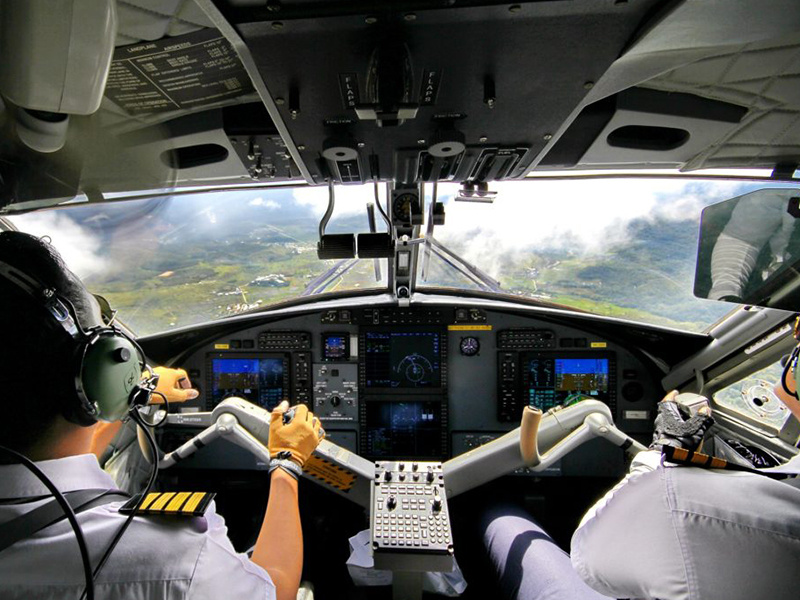


ver the last twenty years, our global economies have seen tremendous economic growth that paved the way for an all-time high interest in air travel from average to above average earners who want to explore the world with low-cost carriers.
In fact, Boeing, one of the largest global aircraft manufacturers in the world, made a bold forecast about the future of air travel. According to their 2016 Pilot and Technician Outlook, they foresee more than 100 million new passengers will enter the Asia aviation market annually for the foreseeable future.
Needless to say, the skies are looking up and clearer skies are on the way for pilots and aspiring pilots everywhere. But how exactly?
1. There’s a surplus of career opportunities
Boeing sees a huge pilot shortage in the coming years—plain in simple. This is mainly because the commercial aviation sector trails worldwide economic growth—a trend that the latter isn’t keeping up with accordingly.
We know we mentioned a “shortage” but it’s a telling sign that the industry continues to thrive. In fact, the recent travel boom in the Asia-Pacific region, especially in countries such as Indonesia, Philippines and Vietnam.
Airbus predicts that this region’s fleet will likely grow to be 14,000 strong, from the 5,600 it currently has over the course of two decades that will extraordinarily increase the demand for new, highly-qualified talents to man those new aircrafts. In numbers, that’s about 230,000 pilots by 2030.
This spells good news for both experienced and new hires that will take over the workforce since a lot of Baby Boomer pilots are going into retirement.
2. Attractive compensation packages are available for new hires
There’s big money to be made flying for international airlines.
Since more passengers are expected to enter the commercial travel industry every year since 2014 to 2033, this, of course, translates to additional business growth for the aviation industry.
Due to shortage in their own backyard, Chinese airlines are luring foreign pilots with wads of cash—$318,000 package—just to meet an “almost impossible” demand for manpower.
If business is good, the employees will more or less reap these fruits.
3. More opportunities will be available for women pilots
While not particular career choice for many, women are no stranger to the cockpit—and they’re about to be even more familiar with them to close off the demand gap.
Many airlines are already recognizing this inevitable need.
One, Vietnam Airlines has started providing work schedules that consider balancing family life. EasyJet Plc, on the other hand, is working with the British Women Pilots Association to minimize costs of training women pilots through various scholarships. British Airways and EVA Air are now featuring female pilots in their recruitment materials.
“There is such an enormous demand to meet the growth that the gender bias will have to be pushed aside,” said Sherry Carbary, Vice President of Flight Services for Boeing Co.
The airline industry is on the verge of what could be the biggest surge of pilot hiring in history and this present great possibilities for anyone looking into exploring a career in piloting—not just in 2017, but for many years to come.
Now is the best time to be a pilot. But to truly make it out there in the competitive aviation industry, one has to be equipped with the all the right skills and training in their piloting arsenal.
WCC is one of the best schools for aviation in the Philippines. WCC Aviation, a CAAP-certified school, offers training courses for both private and commercial pilots. They have the latest technology and facilities, as well as the best flight instructors from the industry.
For more information on how WCC can help you start you pilot journey, visit wccaviation.com.
The information contained in this website is for general information purposes only.
While WCC Aviation Company endeavors to keep the information up to date and correct, we make no representations or warranties of any kind, express or implied, about the completeness, accuracy, reliability, suitability or availability with respect to information published in this website.
Click here to read the Privacy Statement in full